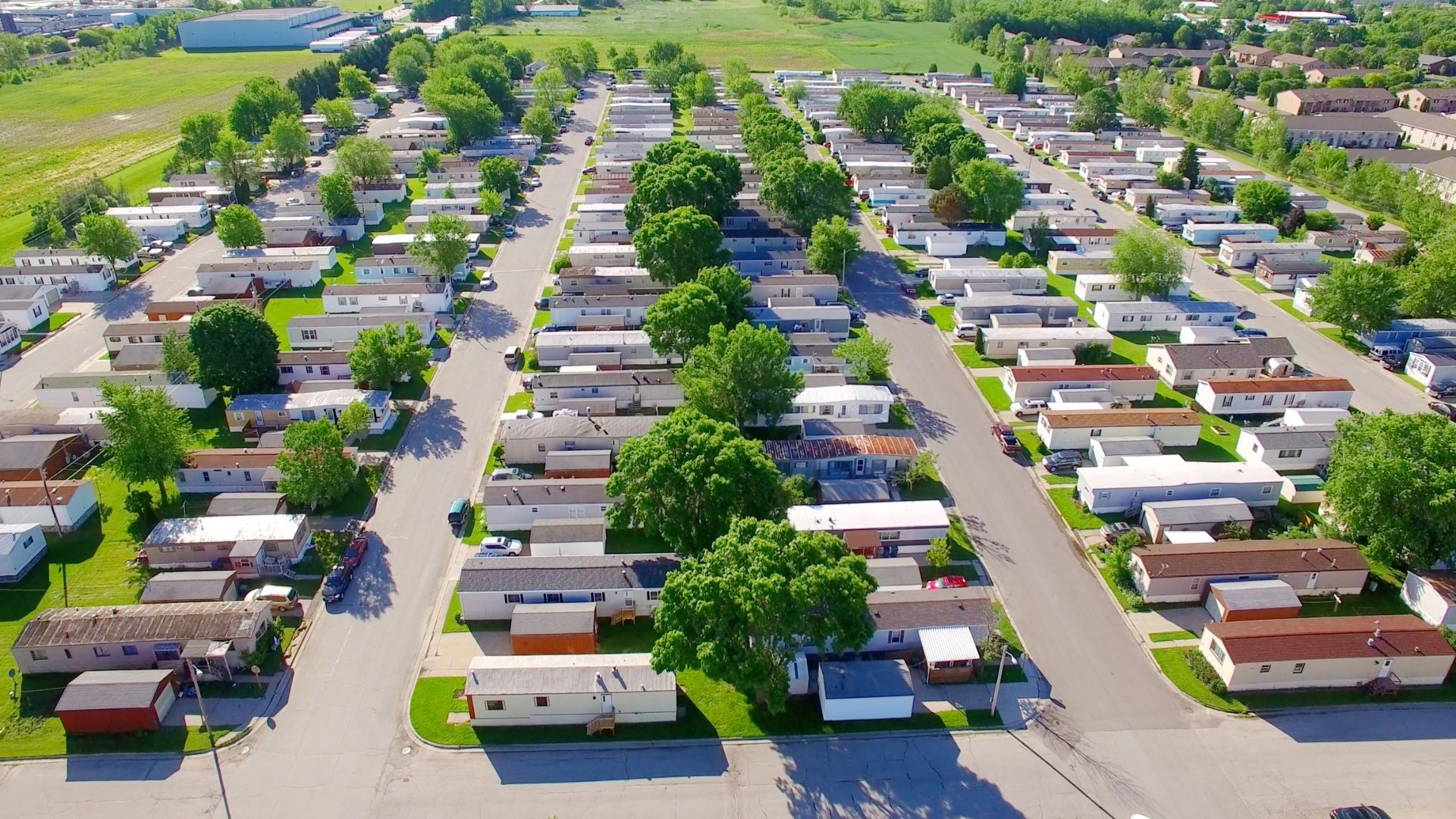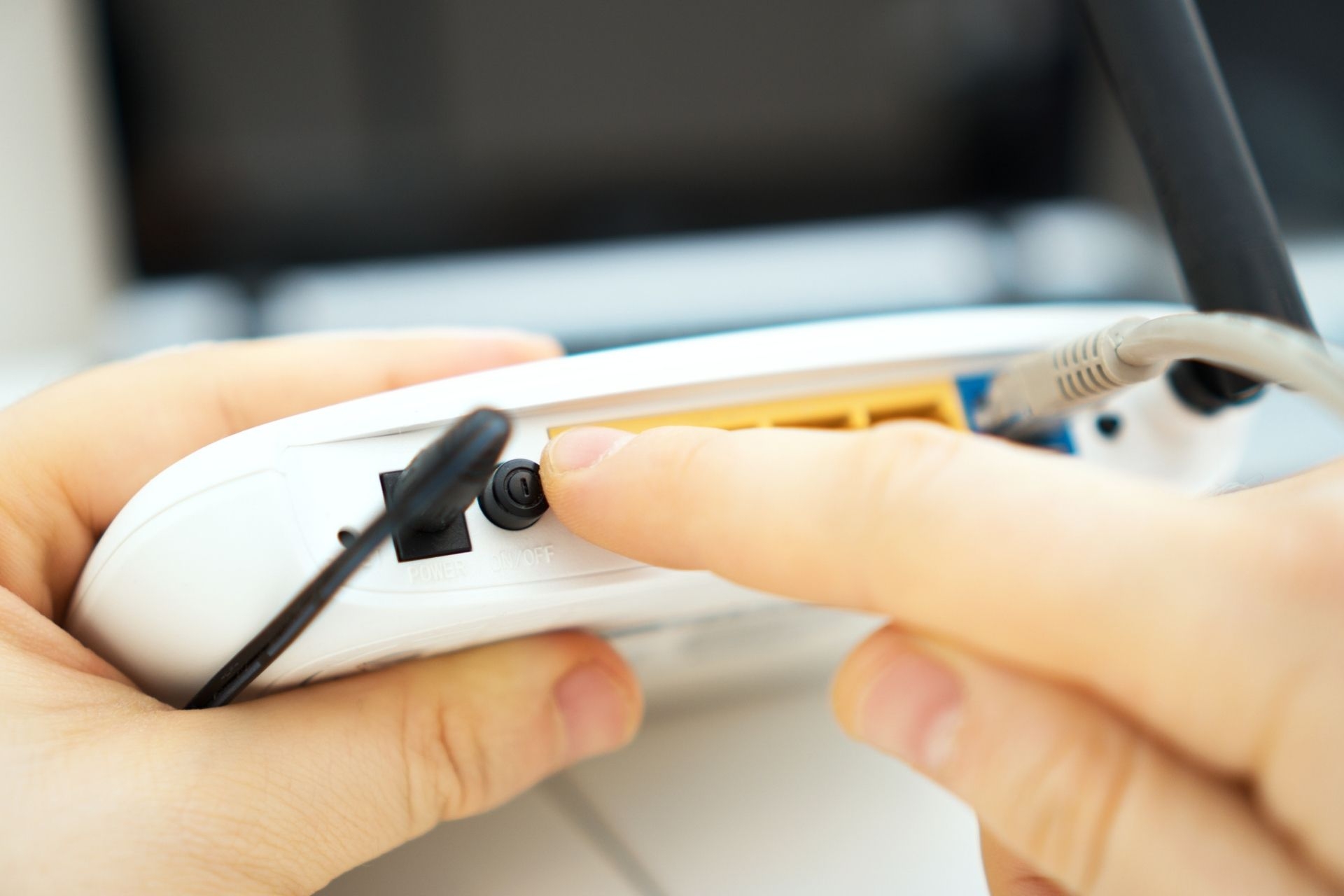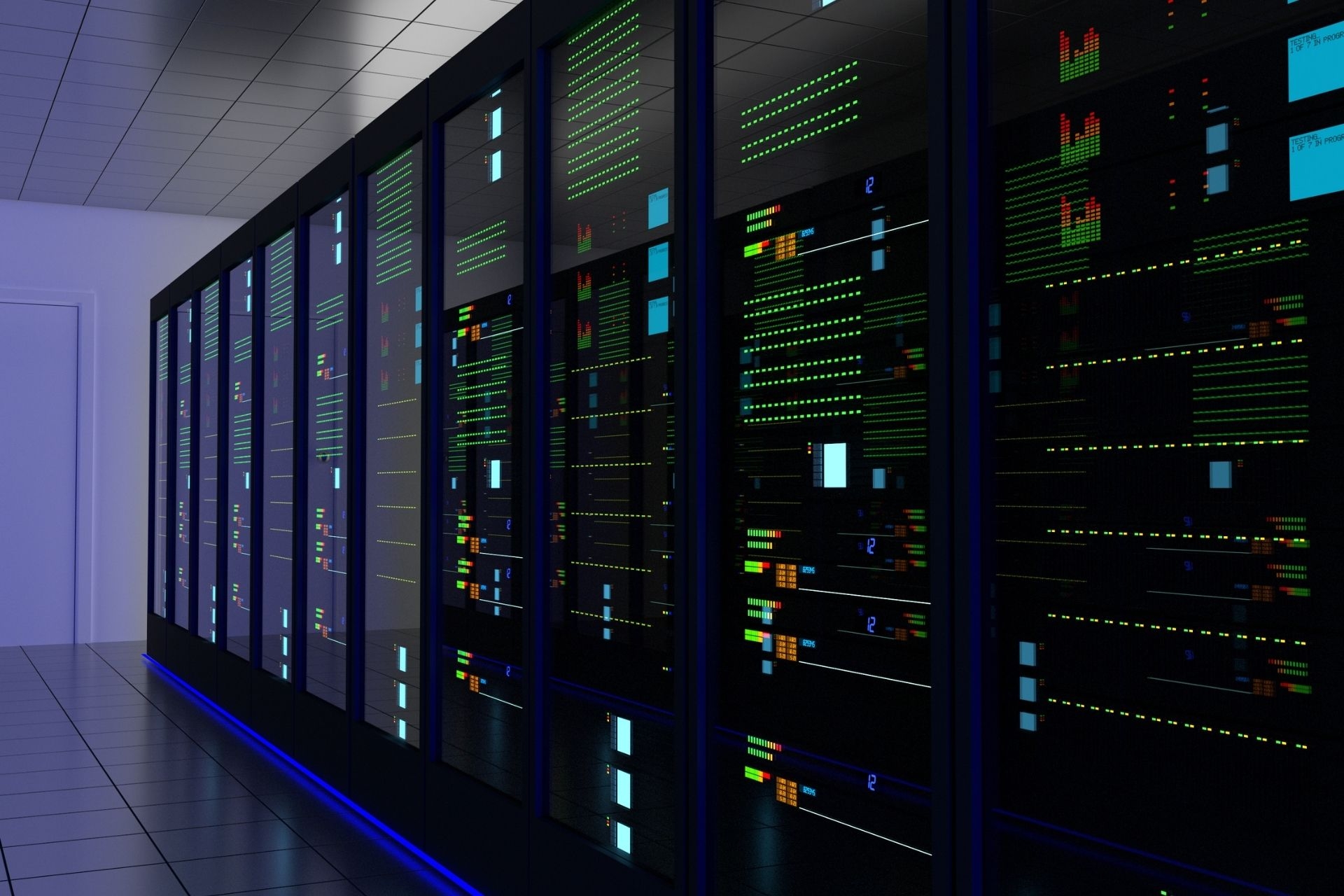Fiber Optic Internet Speed Testing
How does fiber optic internet speed compare to traditional cable internet speed?
Fiber optic internet speed is typically much faster than traditional cable internet speed. Fiber optic cables use light signals to transmit data, allowing for higher bandwidth and faster speeds. This means that users can experience quicker downloads, smoother streaming, and overall better performance with fiber optic internet compared to cable internet.




